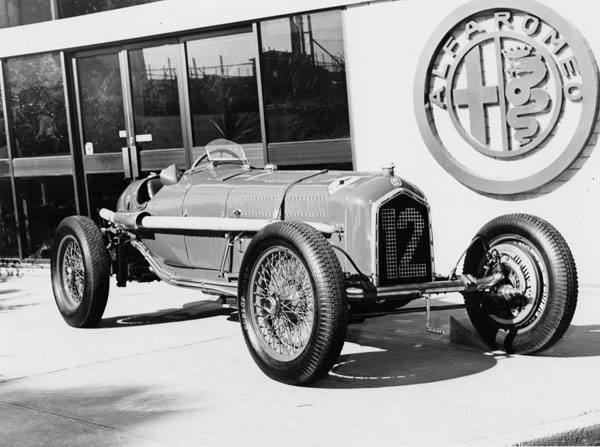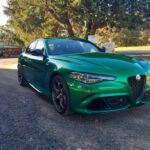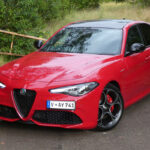Vittorio Jano designed a number of classic Grand Prix cars for Alfa and produced the dual-purpose sports and Grand Prix 2.3-litre Tipo 8C in 1931. In its sportscar form this car was particularly successful winning four Le Mans 24-hour races over the period 1931-1934. Following the 8C, a version with higher supercharger boost was produced which initially was to be named Monza after its first Grand Prix victory at that circuit in May 1931. However Maserati and Bugatti had cars which proved they were capable of beating the Alfa Monza.
As a consequence Jano was given the green light to go ahead and design a new faster Grand Prix car which he did in 1932. Originally this car was designated the Tipo B2600 but later became unofficially referred to as the P3, since the P1 and P2 had set new standards for Alfa Romeo in Grand Prix racing in each of the decades between the two world wars. The P3 was the first true single-seat Grand Prix car.
Painted red, the P3 Grand Prix cars were very successful. Their functional appearance from classic radiator to neatly tapered tail soon became the almost standard image for a Grand Prix car. They had a wide track with large wire wheels which were enhanced by large brakes in polished aluminium drums.
They were powered by a front mounted water-cooled straight eight engine with two four-cylinder blocks, with alloy heads in line at 2336cc. A central drive was used for the camshafts and the twin Roots-type superchargers. This arrangement produced an unstressed power output of 160kW and drove through a four-speed gearbox, immediately behind which was a differential and an unconventional bifurcated drive, with two angled propeller shafts to the rear wheels.
Although the P3 had wins in 1932, Alfa Romeo went through a restructuring in 1933 when racing was stopped. However Enzo Ferrari convinced the Alfa management they should begin racing again. With Scuderia Ferrari, the P3s immediately started winning again. After 1934 new German Grand Prix teams started to dominate the European tracks and soon put an end to the P3’s supremacy.
In an effort to regain their former prowess, the P3s were uprated to 2905cc producing 190kW with three-speed gearboxes and then in 1935 a further uprating to 3165cc producing 198kW. This time the uprating included a change in front suspension and addition of hydraulic brakes. These changes enabled one last glorious victory when a P3 humbled the Germans in their home Grand Prix, as a climax to the outstanding racing career of Jano’s Alfa Romeos.












